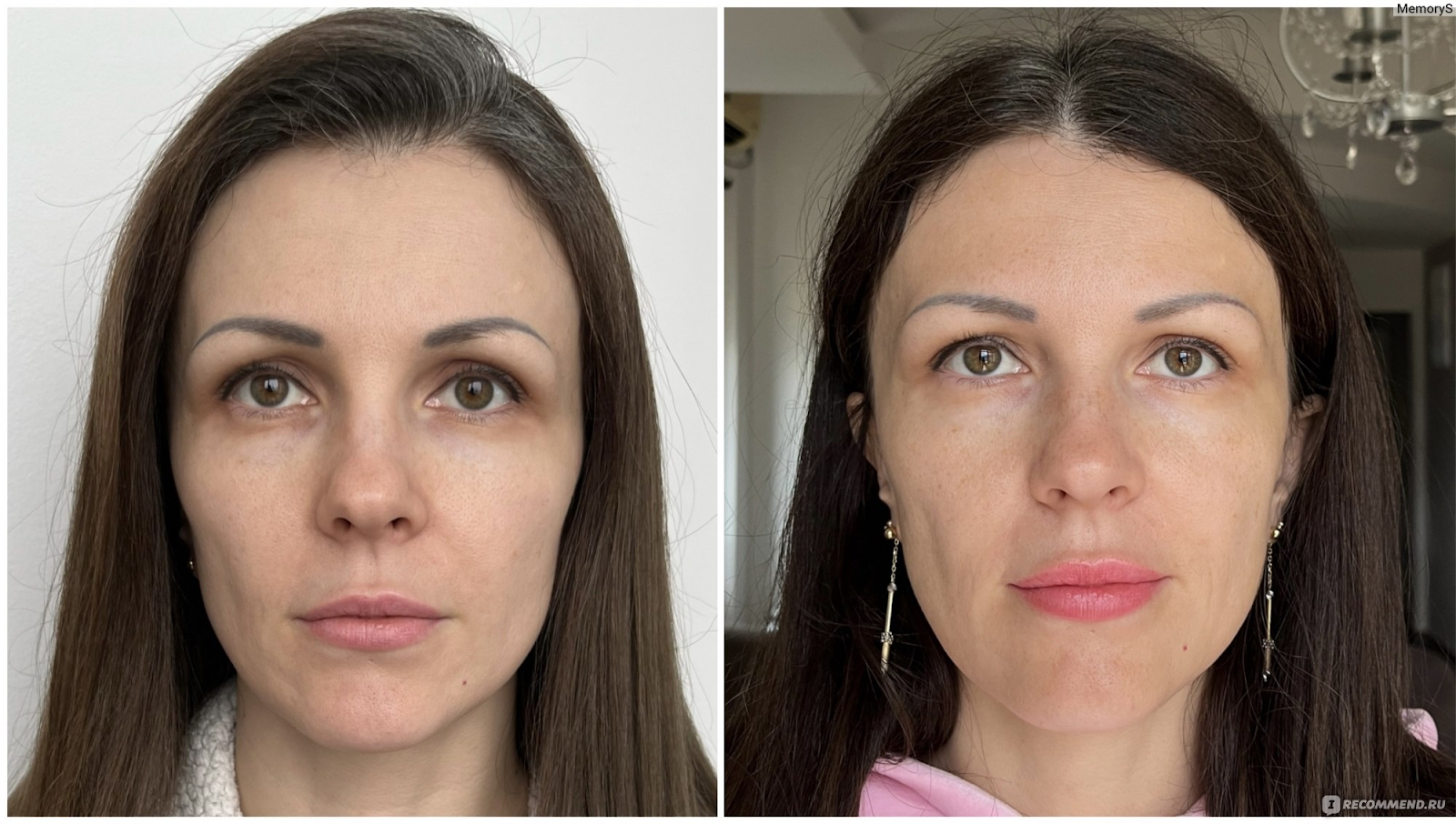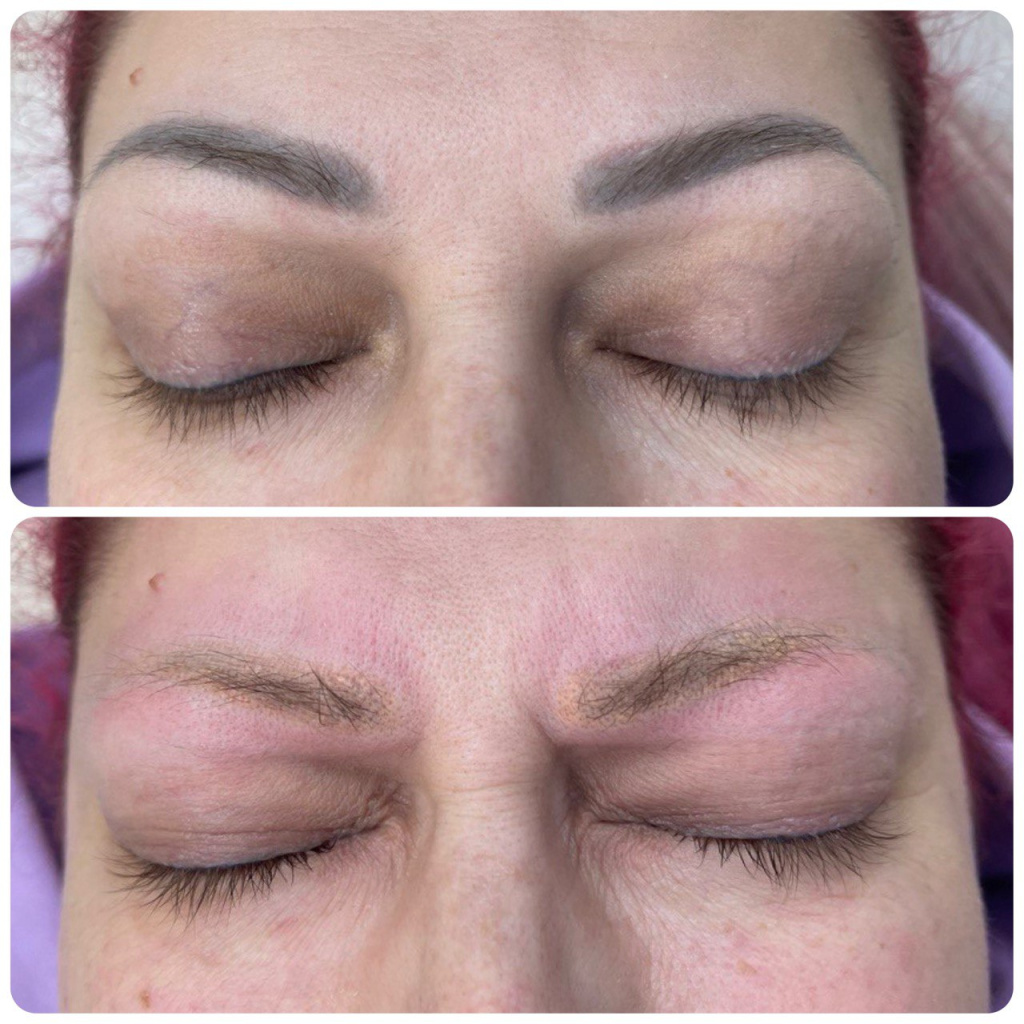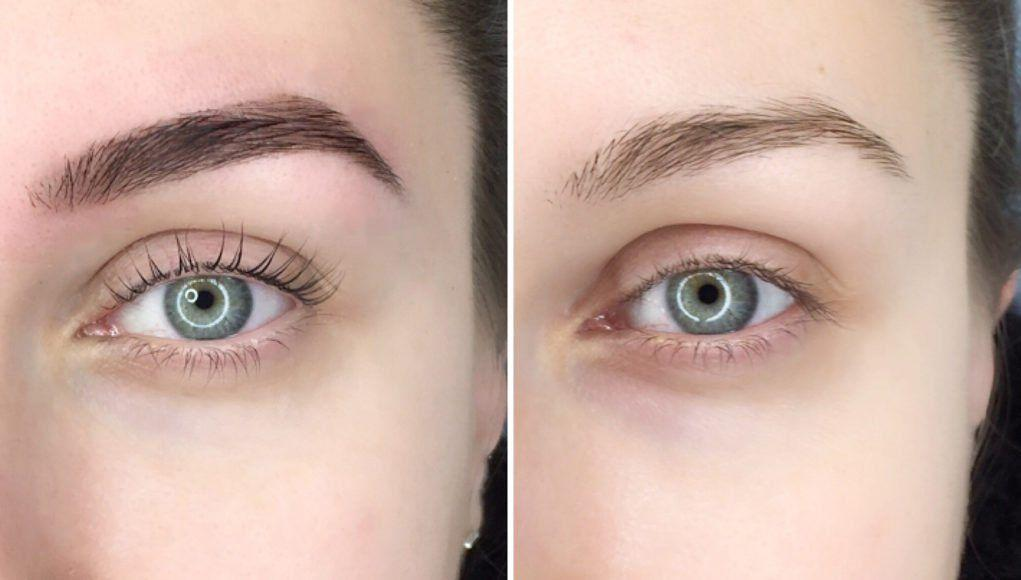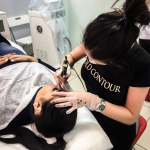In the world of tattoo regret or the need for skin rebranding, multiple tattoo removal techniques are available, each with its pros and cons. Among the variety of methods, one lesser-known but increasingly discussed option is saline solution tattoo removal. Directly addressing the curiosity surrounding this technique, yes, saline solution can be utilized to remove unwanted ink, including saline eyebrow tattoo removal. However, its effectiveness and suitability depend largely on various factors including the tattoo’s age, the ink used, and individual skin types. This article dives into saline solution tattoo removal, comparing it to traditional methods and detailing what you can expect from the process.
What is saline tattoo removal?

Saline tattoo removal is a method where a solution of saline (saltwater) is injected into the site of the unwanted tattoo, similar to the process of tattooing. The osmotic effect of the saline solution helps draw the ink out of the skin as the area heals. This technique is often presented as a gentler alternative to laser tattoo removal. It is widely used for smaller tattoos, including saline eyebrow tattoo removal, where precision and care are paramount. Unlike laser removal which breaks down ink with light and heat, saline removal works by lifting the pigment out through the surface of the skin.
The saline tattoo removal process
The process for saline tattoo removal is quite distinct compared to laser therapy. Initially, a local anesthetic may be applied to numb the area. Following this, a technician uses a tattoo machine with a saline solution to puncture the skin. The needle works over the tattoo, implanting saline solution into the area. As healing takes place, the skin expels the ink, scabbing over the treated area. Once the scab falls off naturally, the ink comes off with it. Aftercare entails keeping the wound clean, avoiding sunlight, and not picking at the scabs, to minimize scarring and infection risks.
The pros and cons of saline tattoo removal
Saline tattoo removal is particularly lauded for its reduced risks of hyperpigmentation and hypopigmentation compared to laser, and for its ability to target small tattoos with precision, such as those on eyebrows. It is also less painful and carries a somewhat lower risk of scarring. However, it may not be as effective for larger tattoos, deeply ingrained inks, or brighter colors. Multiple sessions are usually required, and there’s the possibility of incomplete removal depending on the tattoo’s characteristics. As with any procedure, consultation with a professional to assess an individual’s suitability is critical.
Effectiveness of saline solution for tattoo removal

The effectiveness of saline solution in removing tattoos hinges on several criteria, such as tattoo size, color, age, and how deeply the ink has penetrated the skin. While saline is especially effective in lighter skin tones and darker inks, it can struggle with brightly colored pigments. Experience and skill level of the technician also affect outcomes, as does adherence to aftercare procedures. To give you a clearer idea of what factors play a role in the success of this method, let’s explore them in more detail.
Factors Influencing the Effectiveness of Saline Removal:
- Tattoo Age – Older tattoos may fade more readily with saline solution.
- Ink Depth – Shallow ink imprints are typically easier to remove.
- Tattoo Size and Color – Smaller, darker tattoos respond better to treatment.
- Individual’s Skin Type – Variability in skin’s reaction to treatment must be considered.
Comparing costs: saline solution vs. other removal methods
Cost is a significant factor in deciding how to remove a tattoo. Generally speaking, saline tattoo removal tends to be less expensive per session than laser removal. However, because it may require more sessions, the cost can add up. It’s essential to consider both upfront and long-term costs when considering a tattoo removal option and to explore whether any insurance plans cover such cosmetic procedures. The table below breaks down the typical cost considerations.
| Removal Method | Average Cost Per Session | Typical Number of Sessions Required | Total Estimated Cost |
|---|---|---|---|
| Saline Solution | $100 – $250 | 5-10 | $500 – $2500 |
| Laser Removal | $200 – $500 | 3-7 | $600 – $3500 |
Choosing the right professional for saline tattoo removal
With saline solution tattoo removal, the skill of the practitioner plays a pivotal role in the success of the process. It is vital to seek out a well-trained, experienced professional who specializes in this particular method. Certifications to look for include a valid esthetician or tattoo removal certification. It is also wise to ask to see before-and-after photos of past clients and to check reviews and testimonials. Doing your research can greatly influence the outcome of your removal.
Conclusion
Saline tattoo removal presents a feasible option for those looking for an alternative to laser removal, particularly for small tattoos or those containing saline eyebrow tattoo removal. While it offers advantages such as potentially less pain and scarring, it’s not without its limitations, such as the number of treatments needed and its effectiveness on certain ink colors and skin types. It is paramount to consult with a trained professional who can provide tailored advice and guide you through the process, ensuring the best possible outcome for your skin and the removal of your unwanted tattoo.
FAQs:
Q1: Is saline solution tattoo removal permanent?
A1: Yes, when the scabs fall off and take the ink with them, the results are typically permanent. However, multiple sessions may be necessary to achieve complete fading, especially for more stubborn tattoos.
Q2: How many sessions does saline tattoo removal typically require?
A2: The number of sessions needed varies, but most people require between 5 to 10 sessions. These sessions are spaced out to allow the skin time to heal between each one.
Q3: Are there any side effects associated with saline tattoo removal?
A3: Common side effects include redness, swelling, bruising, and discomfort at the removal site. There’s also a risk of scarring and infection if aftercare instructions are not followed carefully.
Q4: Can saline solution remove all tattoo colors effectively?
A4: Saline solution is generally more effective on darker tattoo inks. Lighter colors, such as yellows and pastels, present a greater challenge and may not fade as well.
Q5: Is saline tattoo removal a good option for people with sensitive skin?
A5: It can be a suitable option for those with sensitive skin, but it’s critical to discuss individual skin concerns with a professional prior to undergoing the procedure.


